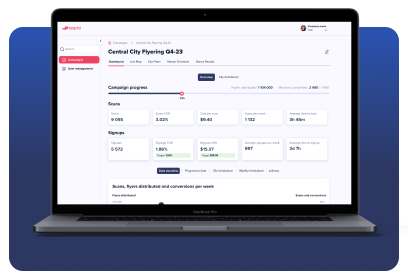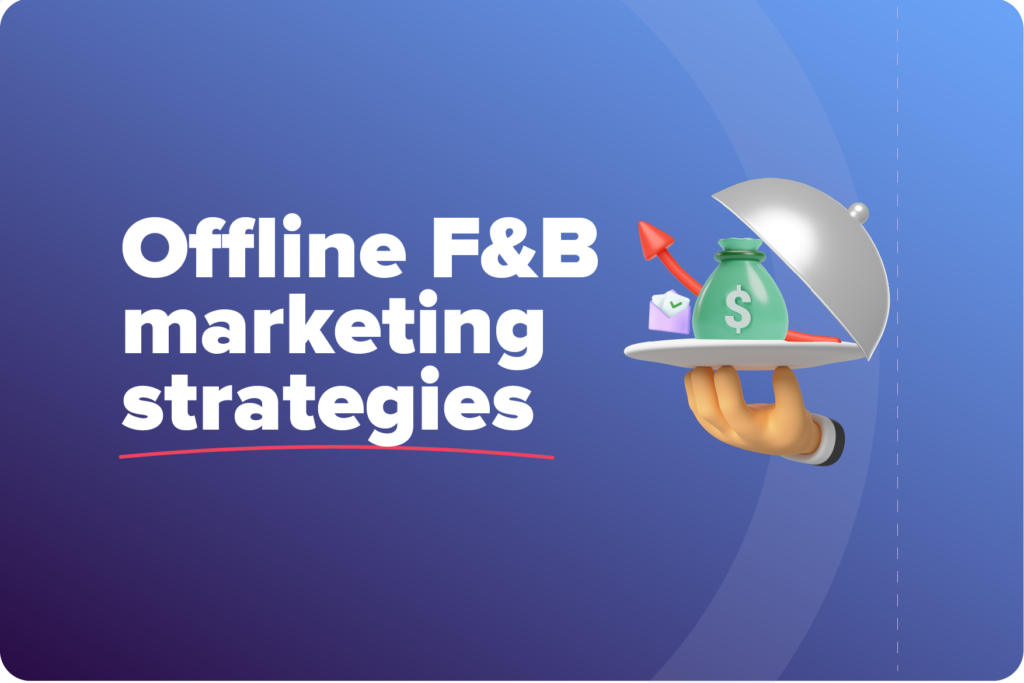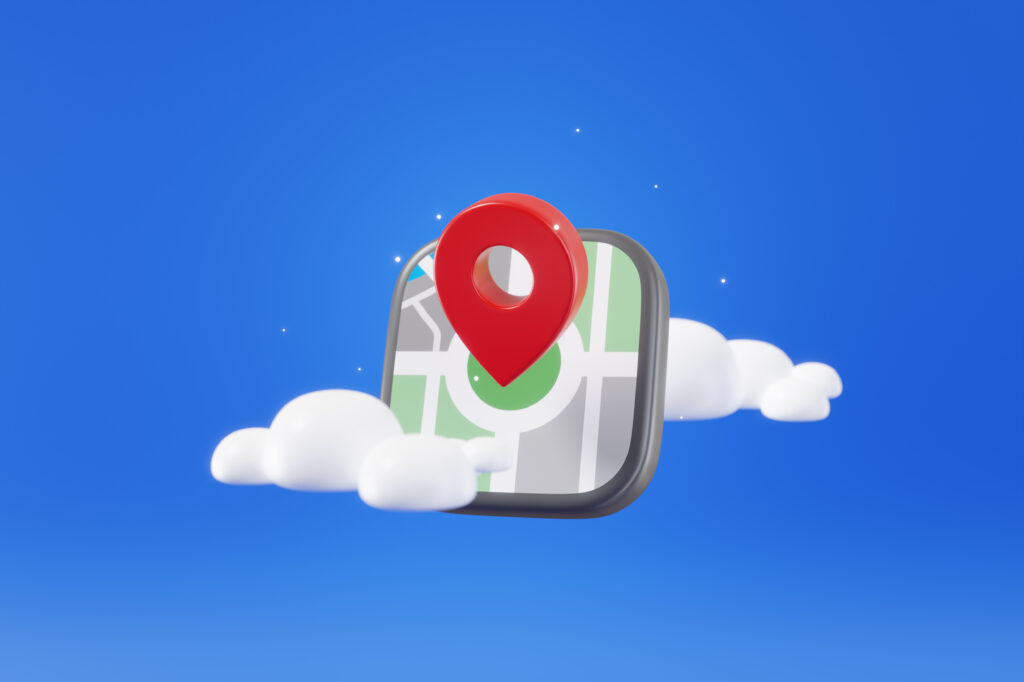A website is an invaluable tool for any business, as it helps you connect with more customers and share useful information. So, how can a high-converting website increase sales/revenue?
Using SEO, paid advertising, and other marketing techniques help websites grow there traffic. Web pages with high conversion rates convert more of those visitors into new sales leads. Businesses without websites miss out on the same sales opportunities.
The following guide explains the importance of having a business website and how to use your site to generate more website sales. You will learn which strategies and tools work best for growing your website and improving your marketing campaigns. Let’s get started.
Why Do You Need a Business Website?
A website is a necessity for modern businesses due to the amount of time that people spend online. You may use the internet for business, entertainment, advice, and dozens of other activities. The internet is also the first place that consumers typically look when searching for a product or service.
Studies show that about 81% of shoppers conduct research online before shopping. Without a website, you miss out on a large portion of the public and potential website revenue.
There is a good chance that many of your competitors have websites. In 2018, about 50% of small businesses had websites. Just a few years later, over 71% of small businesses have websites.
A website is also beneficial for building the credibility of your business. Many online directories require you to have a domain name before registering your business. Owning a domain also makes it easier for businesses to receive Twitter verification and claim their Google My Business listing.
Claiming your Google My Business listing allows you to edit the details that appear in Google Maps searches. When a user performs a local search, Google displays the top three to five results from Google Maps. Each listing displays the hours of operation, types of products or services, address, phone number, and website URL.
You also have no excuses for not having a website in the 2020s. Content management system (CMS) platforms, such as WordPress, Square, and Wix, make it easy for anyone to create a professional-looking website. You can build a site with no technical experience and a limited budget.

How Can a Website Increase Sales?
A website is necessary for competing in the modern world, but how can a website help increase sales/revenue? Your website helps with sales by allowing potential customers to research your business from the comfort of their homes.
As mentioned, most people use the internet to conduct online research before shopping for a product or service. People may overlook your business if you do not have a website.
A website also provides access to the latest marketing and advertising strategies. Sales funnels, landing pages, blog posts, and many other marketing efforts often work best when you have an established website.
Here are a few of the ways that a website can increase sales:
- 24/7 accessibility
- Reach a wider audience
- Create a professional image
- Boost brand awareness
- Improve your marketing efforts
- Sell items online
Your business website is your chance to show customers the value of your products or services. A professional web design can help showcase your offerings in the best light. If you can create a stronger impression compared to your competition, you are more likely to capture a larger share of the market.
1. 24/7 Accessibility
A website helps promote your business 24/7/365. It allows you to provide potential customers with the information they seek any time of the day and night.
Consumers may need to contact your business to learn more about your products or services. But without a website, they cannot reach you outside of normal business hours, so they may look for alternative options on your competitor’s websites.
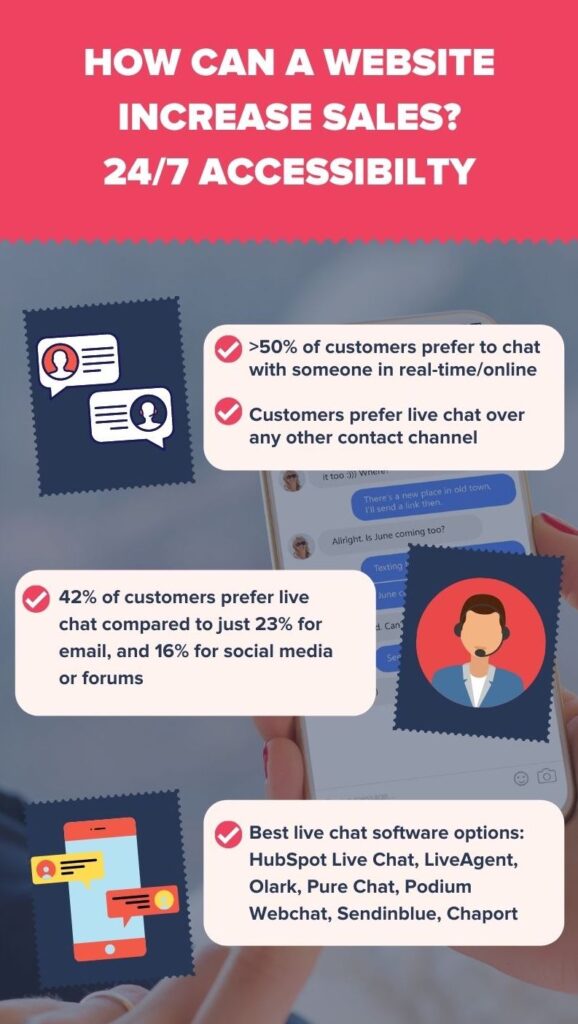
2. Reach a Wider Audience
Developing a business website helps you reach a wider audience. The internet offers access to most of the people on the planet.
Close to 60% of the world’s population has internet access. Over 90% of US households and 97% of UK households have internet subscriptions. No other communication channel offers the same reach.
A website may help you reach customers outside of your local area. Many brick-and-mortar businesses use websites and online marketing to target a larger audience and grow their customer base.
3. Create a Professional Image
People are often skeptical of businesses with no websites. Not having a website indicates a lack of engagement. Potential customers may worry whether you take your business seriously or if your business will stick around long enough to provide adequate service.
A website can help present your business in a professional manner, which builds trust and credibility. A clean web design with helpful information may convert more visitors into customers.

4. Boost Brand Awareness
Having a website is a great way to boost brand awareness. Increasing recognition of your business, products, or services can help increase sales.
Brand awareness can lead to more website traffic, a large audience, and more referrals. As your recognition grows, more people are likely to discover your offerings and trust your business.
5. Improve Your Marketing Efforts
A business website helps tie together your marketing efforts, which can help you get a better return from your marketing spending. For example, you can use your website to host landing pages for your PPC ads or conversion funnels.
Your website should act as the central source for information about your business. Your social media profiles, paid ads, and other external content should match the tone and style of your website. Maintaining a consistent image can build even greater trust with consumers, which leads to more sales.
6. Sell Items Online
A website also allows you to add eCommerce to your income. You can add a new revenue stream for your business by offering the same products that you sell locally. Instead of focusing on customers in your immediate area, you can reach customers almost anywhere in the world.
Many content management systems (CMSs) include eCommerce features or access to eCommerce plugins. You can easily create online listings and increase your market base.

How to Grow Your Website
A website offers many ways to increase sales, but you need web traffic for your strategies to pay off. You need to get people to visit your website if you expect it to help with sales.
The average small business website receives less than 500 visits per month. About 50% of those visits come from organic searches. Although a few hundred visits per month may not seem like a lot, it may lead to potentially dozens of new customers.
Yet, growing a successful website will not happen overnight. You need to take the time to build a website that properly represents your businesses and the products or services that you offer. The development process includes strategies that can help increase awareness after the launch of your site.
For example, taking a mobile-first approach and incorporating on-page SEO techniques can help your web pages climb the rankings faster. However, it may still take several months to start generating decent traffic.
The sooner you get started, the sooner you can get results. Use the following strategies to start growing your website:
- Mobile-first approach
- Search engine optimization (SEO)
- Conversion funnel
- Content creation
- Paid advertising
Here is a closer look at each strategy.

1. Mobile-First Approach
Web developers have recently started taking a mobile-first approach when developing new websites. A mobile-first approach focuses on the website experience of mobile users instead of desktop users.
In the past, websites were typically developed with desktop users in mind. Responsive web designs were eventually introduced to help sites look good on desktop or mobile. However, more people now use mobile devices to browse the internet.
Close to half of all website traffic originates from a mobile device. If your web pages do not load properly on a mobile device, you will likely experience high bounce rates and low conversion rates.
A mobile-first approach should include a design that looks great on mobile devices. It should also load quickly. Use the following techniques to ensure a better mobile experience:
- Responsive web design
- Intuitive navigation
- Eliminate clutter
- Test on mobile devices
If you use a web builder, many of these steps are taken care of for you. For example, many of the premade themes already have a responsive web design and simple navigational features. However, you should still review the following areas to ensure that your website works well on mobile devices.
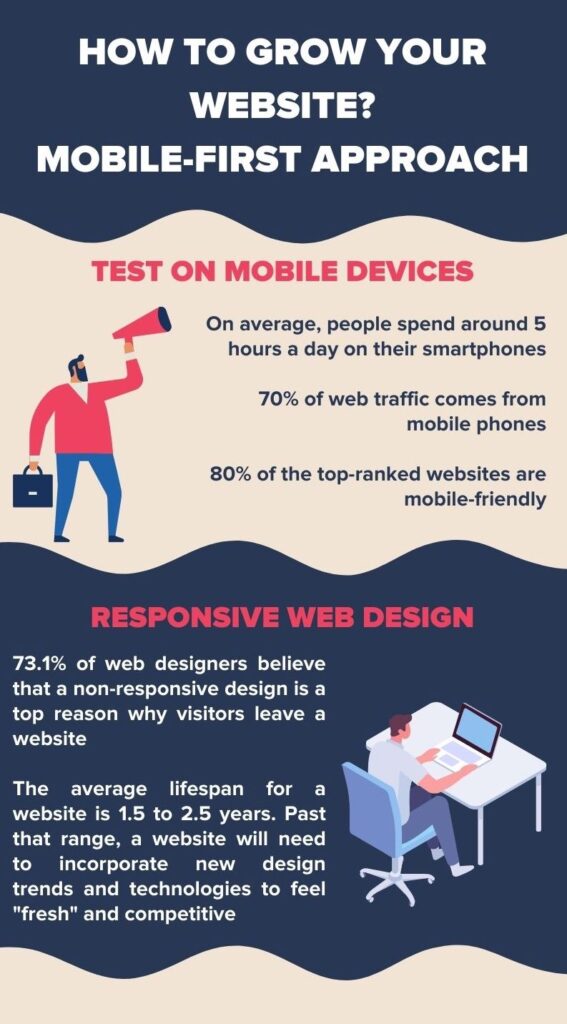
Responsive Web Design
A responsive web design adjusts the layout of the content based on the size of the screen. Users on desktop and mobile devices view the same web page. The size and position of elements change automatically.
Using a responsive web design eliminates the need for redirects or maintaining multiple versions of the same page. It simplifies the management of your website while ensuring that your pages load properly on desktop or mobile.

Intuitive Navigation
Mobile users need simple, intuitive navigational features to easily browse your site on a smaller screen. Many mobile web designs include expandable menus. The menu bar remains at the top of the page as the user scrolls through the content, which ensures that it is never far from reach.
You may also include a search function on your site. Adding a search bar is a simple step that can help visitors quickly find the information that they need.
Eliminate Clutter
Long blocks of text, lots of images, and interactive elements can decrease the readability of your web pages, especially on mobile devices. Maintain a clean interface with minimal clutter.
Eliminating clutter also involves getting rid of unnecessary features and plugins. WordPress and other CMS platforms offer access to hundreds of thousands of plugins and widgets. Each feature that you add to a web page slows it down. Only include elements that are necessary for the goal of the page.
In most cases, the main content of a web page includes text and a few images. If an element does not contribute to converting visitors into customers, get rid of it.
Test on Real Mobile Devices
Always test your website on real mobile devices. Google Chrome and other browsers can emulate the screens of hundreds of popular mobile devices. However, the emulated screen does not always match the performance of a real device.
Software updates, different hardware, and other issues may cause your page to work differently on a real mobile device. Test every feature, menu item, and page on your site using a variety of devices to ensure greater compatibility.

2. Search Engine Optimization (SEO)
SEO is a crucial part of growing a website. The right techniques can increase the placement of your web pages in search results pages.
SEO involves ensuring that your web pages comply with the best practices recommended by Google and other search engines. SEO also requires steps for growing your domain authority, which can help boost your search rankings. Common on-page and off-page SEO tactics include:
- Keyword research
- Keyword placement
- Structured markup
- Internal linking
- Backlink building
- Business directory listings
SEO does not provide overnight results. The steps that you take now may not produce noticeable results for several months. However, choosing to ignore SEO limits the potential of your website for generating more sales.
Keyword Research
Keyword research helps you identify the words that people are most likely to use when searching for the types of products or services that you offer. The goal is to find a variety of keywords that are related to your business.
The keywords that you select should include hundreds to thousands of searches per month. However, you may want to avoid keywords that receive tens of thousands of searches or more. Keywords with a higher volume of search traffic tend to have more competition.
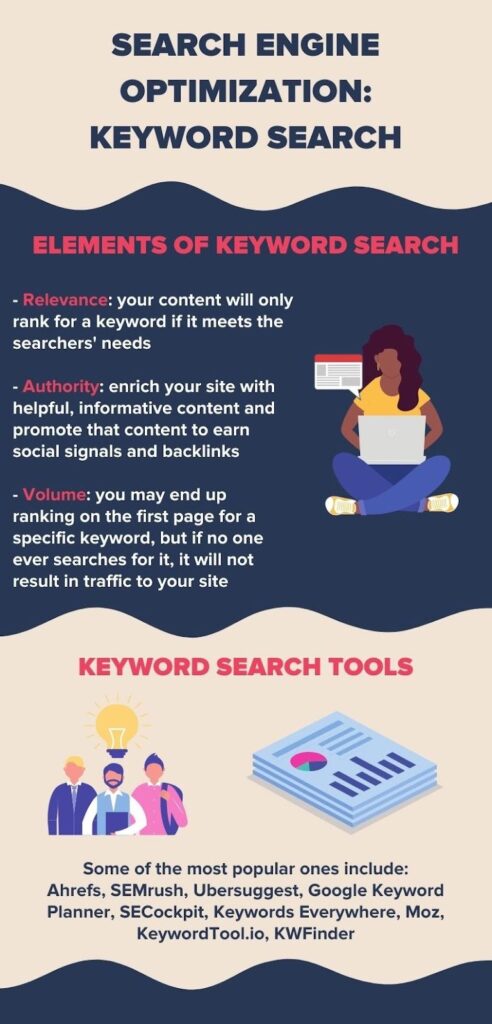
Keyword Placement
After finding relevant keywords, you need to use them properly. As most people know, search engines penalize sites for keyword stuffing. The quality of the content tends to be more important than the keywords. However, keywords are still beneficial for helping search engines “read” your content.
You should incorporate relevant keywords in page titles, headers, and meta descriptions. Your target keywords should also be used naturally in your content.
Structured Markup
A structured markup is an additional option for helping search engines understand the content on your pages. It includes code to describe and label elements on the page.
Most search engines, including Google, use schema markup. Schema.org maintains a list of all the tags that you can use to label information on your website. For example, you can use markup to describe the type of web page, your business contact information, and product information.
Internal Linking
Internal linking helps boost your SEO and website engagement. Internal links make it easier for search engines to browse your site and index each page. Adding internal links also allows visitors to find related content and spend more time on your site.
Always link to related content on your site. For example, if you create a new blog post, find ways to link to previous posts.
Backlink Building
Backlink building is a form of off-page SEO, as it occurs away from your website. The best backlinks come from reputable sites with high domain authority (DA). DA is an analysis of your website’s ability to rank in search engine results pages (SERPs).
For example, getting a backlink from a major publication carries more weight compared to a backlink from another small business.
Backlink building starts with creating quality content that others want to link to. You can also find backlink-building opportunities through guest blogging, social media marketing, and engaging with other leaders in your industry.
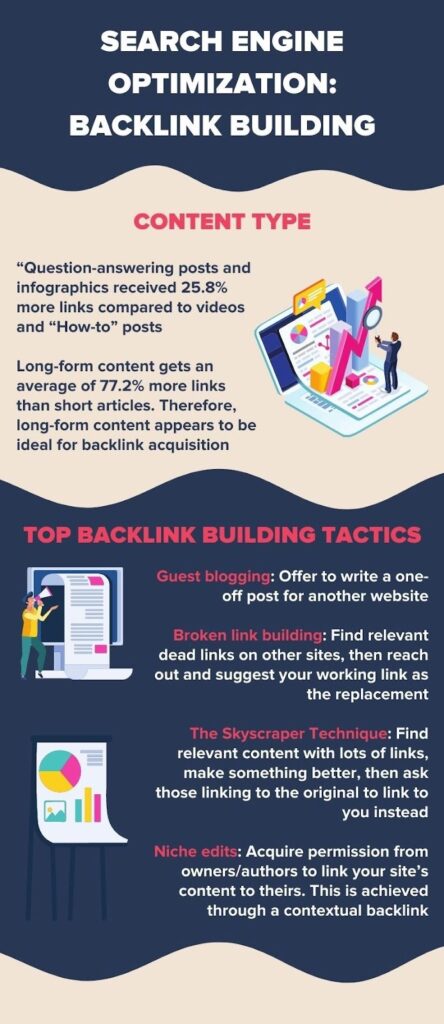
Business Directory Listings
Google My Business, Yelp, Yellow pages, and other platforms allow you to claim your business listing and edit the information displayed on the platform. For example, Google My Business (GMB) listings include your website URL, business hours, and other useful information for customers.
Make sure that you maintain consistent information across all directories. Your business name, address, and phone number (NAP) should be the same everywhere that it appears online.
After developing a website with the latest SEO practices, you can move on to marketing your websites and generating more traffic.
3. Conversion Funnel
A conversion funnel is a marketing tool that helps you convert more traffic. It includes targeted landing pages with sign-up forms and email autoresponders to keep sales leads interested in your products or services.
Most marketers believe in the “rule of 7,” which states that it takes an average of seven interactions with a customer before they make a purchase. A conversion funnel provides the opportunity to continue interacting with a visitor after their initial visit to your site.
A conversion funnel moves sales leads through several stages. With each interaction, you move a portion of your sales leads closer to making a buying decision.
At the top of the funnel is a landing page that tries to attract as many visitors as possible. You may use paid ads, social media marketing, and other marketing strategies to drive traffic to a targeted landing page. The page may include a special offer, such as the option to download a guide or view a video after the visitor subscribes to your newsletter or mailing list.
After that first visit, you can continue to follow up with visitors by sending them periodic emails. The emails contain more information for educating sales leads about the value of your products or services. You may also link to additional landing pages and content.
Using an email marketing platform or sales funnel platform can simplify these steps. Both options allow you to set up autoresponders. An autoresponder automatically sends an email when a user completes a specific action, or a specific amount of time passes.
For example, you can automatically send a follow-up email 24 hours after a visitor signs up to your newsletter. The goal is to first create awareness before building interest. You then educate the visitor and encourage them to act on your offer.

4. Content Creation
Content creation is a broad category of marketing that covers any form of content distributed to potential customers. Examples include blog posts, social media posts, white papers, press releases, video tutorials, knowledge bases, and downloadable eBooks and PDFs.
Creating more content helps you grow traffic and increase sales/revenue. It gives search engines more content to index, which means your web pages may appear in more search results.
Yet, it is important to focus on quality over quantity. Make sure that each piece of content offers something of value. For example, a tutorial on completing a specific task should include actionable steps and clear instructions.

5. Paid Advertising
Paid advertising involves paying to display advertisements using the communication channels that your target audience is most likely to use. Traditional advertising includes ads in radio, television, magazines, newspapers, and billboards. Online advertising allows you to display ads on websites, search engines, and mobile apps.
Although SEO may take several months to generate traffic, you can use paid ads to quickly gain visitors. You may want to consider using a combination of online and offline advertising.
No matter the platform you choose, you should ensure that your ad speaks to your target audience. Target the main issue that you want to resolve. Use your advertisements to highlight the biggest problem that your customers face.
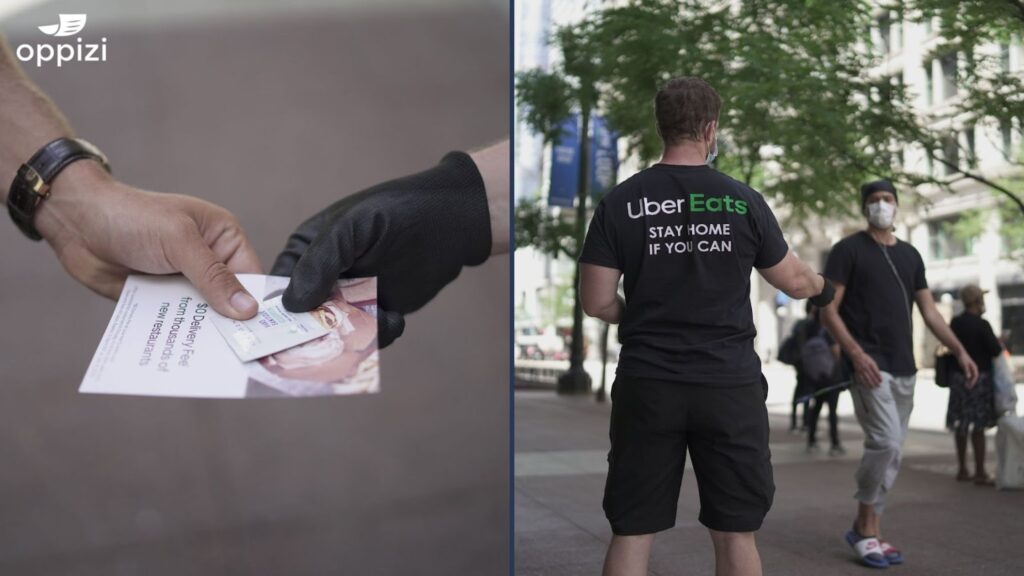
How to Track the Growth of Your Website
Every industry and market is different, so you will likely need to tweak your marketing strategies to continue improving your results. Monitoring the growth of your website allows you to see which strategies are working and which ones need fixing.
Use the analytics tools that come with the marketing platforms that you adopt. Your CMS, email marketing platform, and social media ad campaigns should all include access to metrics for tracking website traffic and other key performance indicators (KPIs).
Here are some of the most important website KPIs to track:
- Total unique visits
- Pages per session
- Session duration
- Bounce rates
- Traffic sources
- Page speed/load time
- Conversion rates
You can also add KPIs to the list of metrics that you track. When choosing KPIs, focus on metrics that offer quantifiable data. Quantitative data can be counted or measured, such as the percentage of visitors who perform a specific action on a landing page.
1. Total Unique Visits
Pay close attention to your overall web traffic, especially after launching a marketing campaign or implementing SEO tactics. An increase in traffic may indicate that your marketing strategies are working.
Some analytics tools refer to visits as “sessions.” Each session is a single visit. The session starts when a visitor first opens one of the pages on your website and ends when they close the page or remain inactive for 30 minutes.
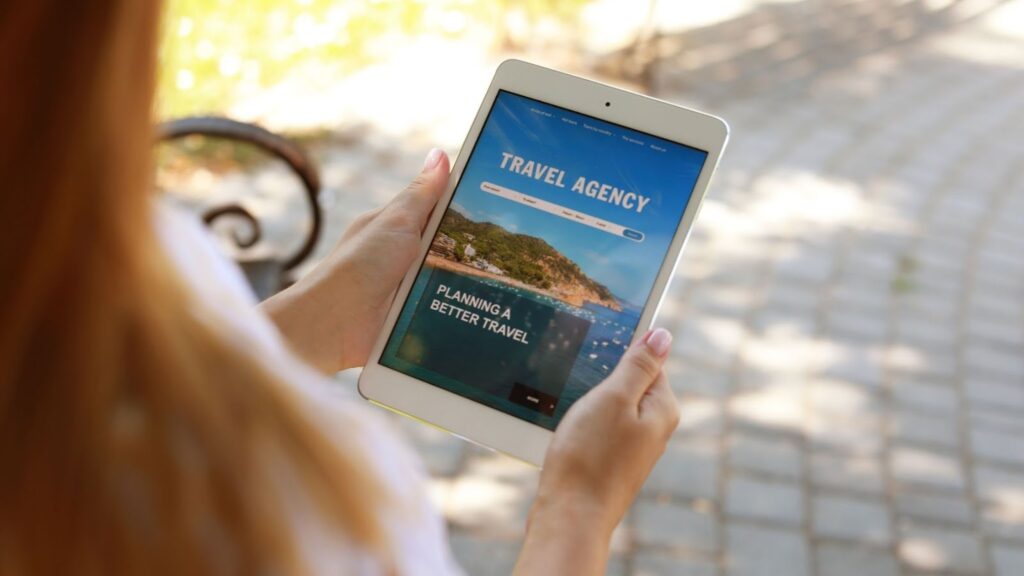
2. Pages Per Session
Page per session lets you know whether visitors are exploring your website or looking at a single page before leaving. This metric tracks the average number of pages each user visits.
Keep in mind that the “pages per session” metric is not a major factor when tracking landing pages. Users may only visit one page before signing up to your email list and leaving the site.
Yet, “pages per session” is a useful metric for determining whether organic visitors are engaging with your site. Low website engagement may mean that users are not finding your information helpful. Adding anchor text throughout your content may help boost engagement.
3. Session Duration
Session duration tracks how long people spend on your web pages. An informative landing page or blog post may take several minutes to read. If visitors are leaving a page in a short timeframe, they may not be reading your content.
Short durations may be a sign that you need to improve the content to help capture the attention of your visitors. If your content has long blocks of text, try to break the content into smaller paragraphs. Using high-quality images can also help make your content more readable.
4. Bounce Rates
The bounce rate of a web page tells you the percentage of people who leave the page without performing any action. For example, if a visitor reaches a landing page, scans the content, and leaves without subscribing to your mailing list or clicking on a link to another page, their visit is considered a “bounce.”
A high bounce rate indicates that the content on the page is not connecting with visitors. You may need to alter the text, offer, or page layout to get visitors to act.
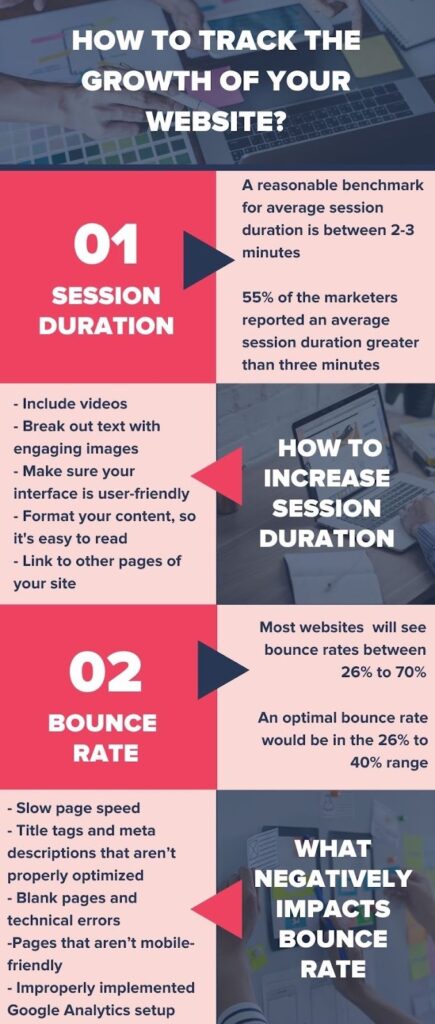
5. Traffic Sources
Traffic sources help you analyze where your traffic is coming from. Google Analytics and other analytics tools can track the source of your traffic:
- Organic
- Direct
- Social
- Referral
Organic traffic includes visitors who reach your site from search engines. An increase in organic traffic typically means that your SEO techniques are working.
Direct traffic includes visitors who type the URL of your site into their browsers. Changes in the amount of direct traffic may occur after launching an offline marketing campaign. For example, you may include the URL for your site in a paid ad on television, the radio, a billboard, or in flyers that you distribute.
Social traffic comes from social media platforms. Developing an effective social media marketing strategy can help boost traffic from Facebook, Twitter, and other platforms.
Email traffic comes from the emails that you send out as part of your email marketing campaigns or conversion funnels. After sending out a mass email to your subscribers, you should notice an increase in email traffic.
Referral traffic comes from other websites. As your reputation and authority grow, more websites will link to your content.

6. Page Speed/Load Time
Page speed/load time impacts the customer experience. If your pages take too long to load, people will leave your site and search elsewhere.
Google recommends a page load time of one to two seconds. However, the average web page takes 10.3 seconds to fully load on desktop and 27.3 seconds to load on mobile.
You do not technically need the entire page to load in just a couple of seconds, but the main content should appear quickly. If your pages take too long to load, try optimizing the images on the page.
If you take a mobile-first approach, each web page may only include one or two images. You can shrink the images to fit the page instead of using the original files.
You may also reduce the resolution. The recommended resolution for web images is 72 PPI. Images from a digital camera or smartphone may have a resolution as high as 480 PPI.

7. Conversion Rates
The conversion rate of a web page is one of the most important metrics. It helps you determine the effectiveness of a landing page at converting visitors into new sales leads or customers.
Conversion rates correlate strongly with bounce rates. If you have a high bounce rate, you will also have low conversion rates.
Low conversion rates often indicate that visitors are not interested in your offer or the content on your website. Performing keyword research and incorporating different phrases in your web content, paid ads, and social media posts can help you attract high-converting traffic.

How to Get More People to Buy Off Your Site
Getting more people to buy off your site requires a combination of marketing and advertising strategies. You need to get people to visit your site. You then need to convert those visitors into sales leads and nurture the leads into new customers. Here are some of the best ways to achieve these goals:
- SEO
- Social media marketing
- Pay-per-click advertising
- Conversion optimization
- Offline marketing
Use these strategies to help increase traffic, conversion rates, and website sales.
1. Use SEO to Increase Sales
Search engine optimization (SEO) helps bring more organic traffic to your site. You can also use SEO to increase conversion rates and sales.
The key to getting more visitors to purchase items on your site is to attract the right type of visitors. You can achieve this by using long-tail keywords and producing high-quality content.
Long-tail keywords are phrases that include three or more words. A long-tail keyword is more specific compared to a single keyword.
For example, “how to boost website sales” is more specific compared to “website sales.” Someone searching for “website sales” may be looking for deals on products instead of advice on how to boost revenue from their website. Using long-tail keywords helps you target more specific search queries, which should help with conversion rates.
High-quality content is also important for generating more sales from SEO. Adding long-form blog posts and helpful tutorials on your website gives search engines more content to index and display in search results.
You should also implement the SEO strategies covered earlier, including selecting keywords with less competition, claiming your business listings, and building more backlinks.
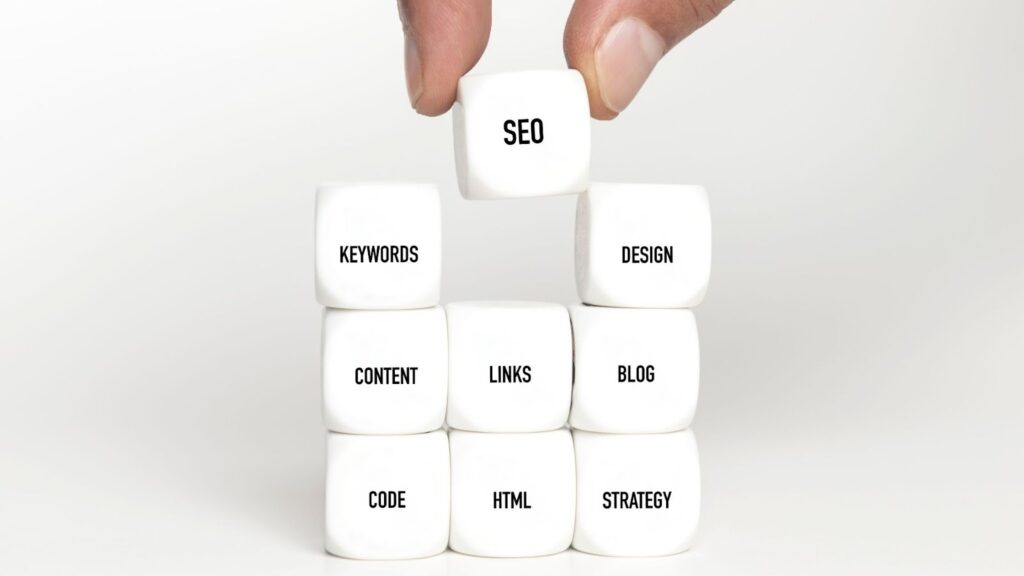
2. Use Social Media Marketing to Increase Sales
Social media marketing offers several strategies for increasing sales:
- Quickly resolve customer complaints
- Interact with your target audience
- Curate and create helpful content
- Use influencer marketing to promote products
You can use social media to grow your online presence and build a loyal customer base. However, before using any of the following strategies, make sure that you create business profiles instead of using your personal social media profiles.
Using a business profile is more professional compared to using a personal one. Facebook also prevents you from linking paid ads to a personal account.
Social media is a great resource for learning more about your intended customers. You can use social media platforms to ask questions, respond to questions, and gather input from your target audience.
Interacting with social media users shows that you care about their thoughts. Taking the time to respond to comments can help with your online reputation. You may also acquire more customers and build greater loyalty simply by commenting on feedback from your customers.
Social media also offers the opportunity to curate and create content for your target audience. Curated content includes articles and videos that your followers may find helpful. You can also promote original content, such as blog posts from your website.
You should also try to reach customers on the platforms that they use most. Facebook, Snapchat, YouTube, Twitter, TikTok, and Instagram all have different demographics and advantages and disadvantages for marketing.
Influencer marketing is another option for quickly reaching a wider audience. It involves paying someone with a large social following to promote your business.
View our guide to using social media to ramp up website sales to learn more about influencer marketing and other forms of social media marketing.
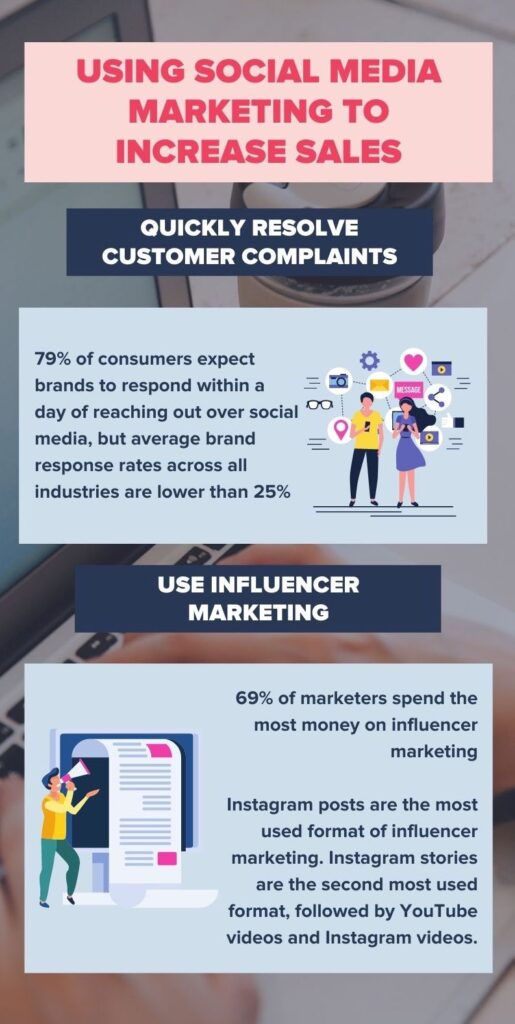
3. Use Pay-Per-Click Advertising to Increase Sales
Pay-per-click (PPC) advertising allows you to quickly attract high-converting traffic to your landing pages. Common online advertising options include:
- Social media ads
- Search engine ads
- Website ads
- Podcast advertising
Social media ads appear on users’ social media feeds. It is a great way to capture people’s attention, as some people primarily use the internet to check their social media accounts.
Search engine ads appear in search engine results. For example, using Google Ads allows you to place ads at the top of the search results. As you only pay for each click from your ad, search engine ads are often very cost-effective.
You may also pay to display your ads on websites, podcasts, and other online platforms. This often involves the use of a demand-side platform (DSP), such as DoubleClick or Amazon DSP.
Our breakdown of paid advertising offers more advice and strategies for using paid ads to increase website revenue.

4. Use Conversion Optimization Techniques
Low conversion rates limit the effectiveness of your SEO, social media marketing, and paid advertising. Most people do not complete a purchase on their first visit, which is why landing pages often include sign-up forms and lead magnets that allow you to add subscribers to an email list.
A landing page with a low conversion rate allows a larger percentage of visitors to get away without adding them to your email list.
Here are several steps that you can take to boost conversion rates and get more out of your marketing and SEO:
- Use A/B split testing
- Update existing content
- Focus on a smaller niche
A/B split testing allows you to compare two versions of the same content to see which performs better. You can test two versions of the same advertisement, landing page, or email.
When using A/B split testing, only change one element at a time. For example, you may change the header on a landing page or the ad copy in an advertisement. You can then track the metrics of both versions to see which performs better.
Updating your existing content may improve conversion rates. For example, if a landing page is performing poorly, try to refresh the content with more helpful information. Go through the entire page line by line looking for information that you can remove or improve on.
Focusing on a smaller niche may also boost your conversion rates. Instead of trying to appeal to a broad audience, tailor your content to appeal to a smaller segment of your market. Perform market research to divide your market into smaller segments. Devoting your efforts to one niche market at a time can help with market penetration, allowing you to reach customers you may have otherwise missed.
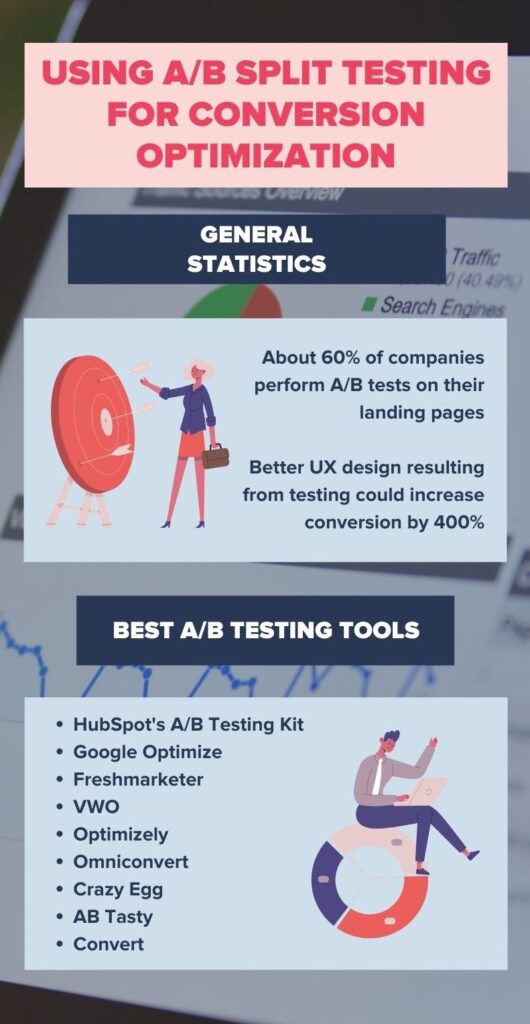
5. Use Offline Marketing to Increase Sales
Along with online marketing, you can use offline marketing to attract more visitors to your website. Common offline marketing and advertising options include:
- Television ads
- Radio ads
- Newspaper and magazine ads
- Flyer and pamphlet distribution
Traditional advertising includes TV, radio, and print advertisements. Although all three options may help you increase awareness of your products or services, flyer distribution may offer a better return.
Distributing pamphlets, leaflets, and flyers can have more of an impact compared to TV, radio, and print ads. A flyer allows you to inform consumers instead of trying to capture their attention with a short ad. It is a form of content marketing, as you are helping potential customers learn more about your products or services.
You can also easily track your offline marketing efforts. Oppizi is a leading platform for planning, monitoring, and tracking flyer distribution campaigns.
Keep in mind that offline marketing is not restricted to your local area. You can distribute flyers and leaflets to potential customers on other continents.
For example, Oppizi operates on three continents (North America, Europe, and Australia) and over 60 major cities. Expanding your flyer distribution across the continent or world may help you expand your business by increasing your market base.

Conclusion
If you have a business, you need a website. A website helps make your business more credible and easier for potential customers to find.
Growing a website to boost sales takes time, but it is not overly complex. You first need to have a professional-looking website that loads perfectly on mobile devices. Your website should also incorporate the latest SEO practices to boost brand awareness and organic traffic.
After developing a website, you can use marketing techniques to drive more visitors to your landing pages. Conversion funnels, paid advertisements, and social media marketing can help increase web traffic. However, you also need to track your results to determine what works and what doesn’t.
Monitor website metrics, such as total visitors and session duration, to find which pages need improvement. Continuing to tweak your pages and marketing campaigns can increase conversion rates, helping you convert more visitors into customers.
